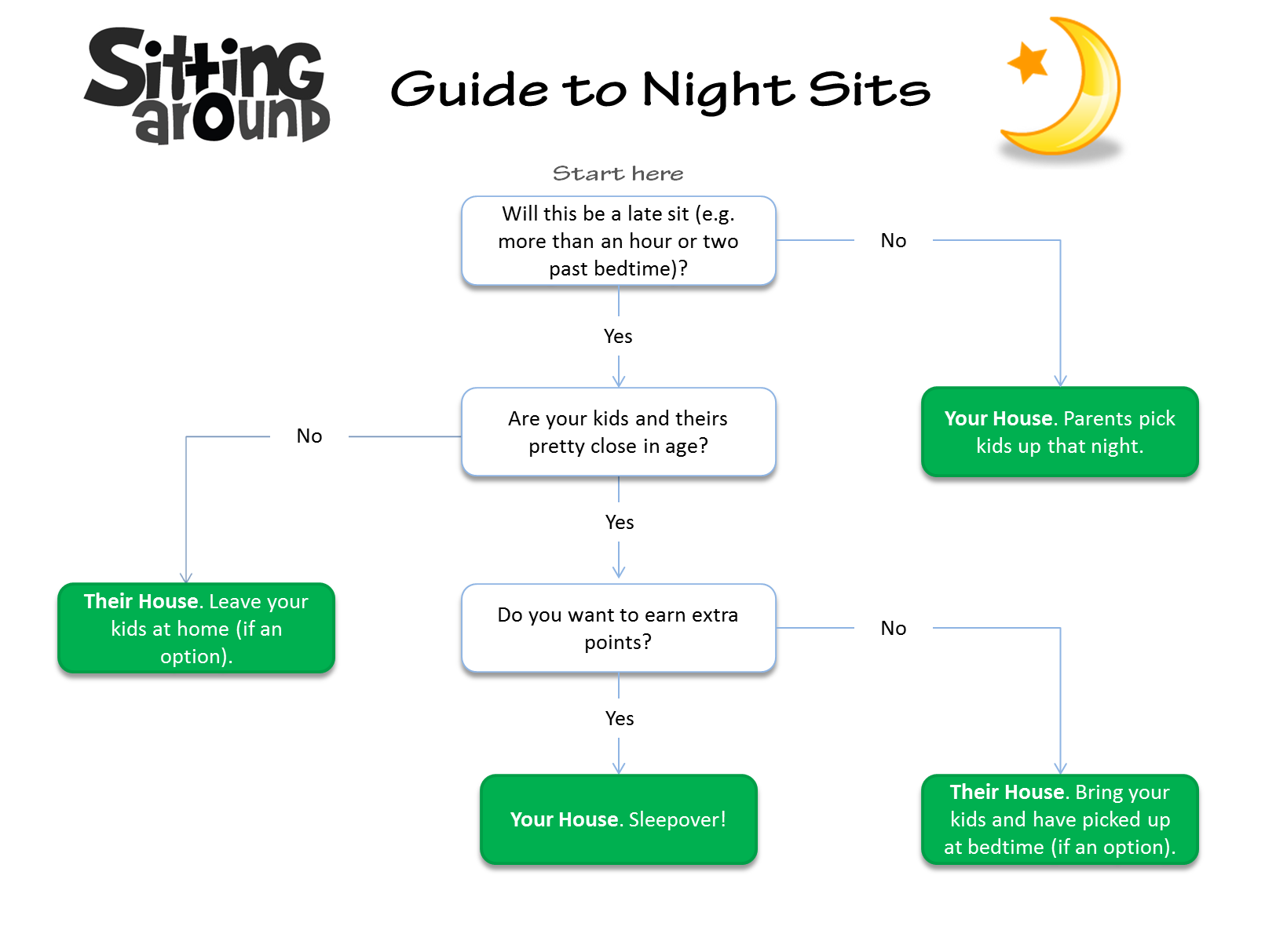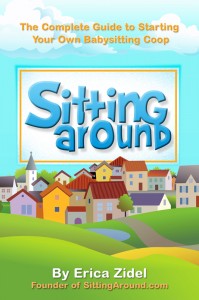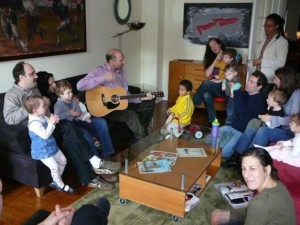It’s a dilemma every parent is familiar with: how to find a good babysitter? Most parents search for babysitters online or through town bulletin boards, hoping to find a sitter they like. But that’s just one part of the problem. Even when you have a go-to sitter, there is the issue of scheduling. And, as all parents know, there are no guarantees that your sitter will be around on any given night.
What most parents don’t know is that there is an alternative to hiring a babysitter: joining a babysitting coop. For a large number of families, babysitting coops solve the childcare problem in ways regular sitters cannot. Because of this, coops are sweeping the country! Is a coop right for you? Read some of the benefits below to find out!
1. Save lots of money. In a babysitting coop, you trade free childcare with other parents. Aside from your membership fee (usually around $25 per year), you never pay a dime for using the coop. Whether you go out once a week or once a year, your babysitting is essentially free.
2. Have a sitter available when needed. If you’re in a babysitting coop with 15 other families, you have 15 potential babysitters. Imagine you need a sitter on a Saturday afternoon. What are the odds someone is available? All but guaranteed. And because your one sit request goes to everyone in your coop, there’s no need to worry about calling or emailing around. Simple.
3. Get higher quality care. Who knows how to look after kids better than another parent? Babysitters can be great, but usually those babysitters are teenagers or twenty-something’s with limited experience – doesn’t compare to someone who already does the job 24 hours a day.
4. Create fun for your kids. My son used to call our coop the “Friends Come Over and Play Club” and with good reason. Whenever we were sitting for another coop family, he treated it like a play date. And when I told him he was having a coop sitter (aka another mom or dad), he clapped with excitement because it meant he got to go to another child’s house to play.
5. Build community. A babysitting coop is an amazing way to get plugged in. You get to know the other families in your coop quite well and in essence, create an extended support network. As new families join your coop, this network continues to grow, providing support and friendship beyond babysitting.
Think a coop is right for you? Browse our SittingAround Coop Directory to find out if there’s a coop in your neighborhood. Or, grab a few friends and start your own!




